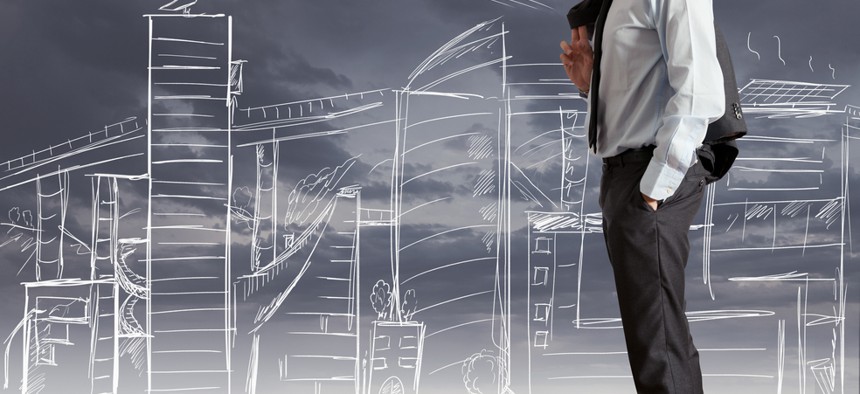How We Set Ourselves Up to Fail
By designing our environments with an awareness of psychology and self, we could alter how we reach our goals.
As the New Year approaches, many of us are preparing to make resolutions that we’ll struggle mightily to make good on—whether it’s eating healthier, reading more often, or devoting our full attention to decisions we face.
Why is that?
Our failure to follow through and change is not necessarily caused by inadequate motivation, ability, or resources. Our failure often stems from our environment: We unconsciously design our environments to yield consistently poor results, rather than consciously design our environments to yield consistently positive results.
By designing our environments in a way that incorporates an awareness of psychology and self, we could alter the course of our lives.
Failure by Design: The Influence of Our Environment
Our environment influences our behavior. This statement is supported by Richard Thaler’s and Cass Sunstein’s book, “Nudge: Improving Decisions About Health, Wealth, and Happiness.” Evidence they use to support this point includes organ donation rates, which spike upward when the default option at the DMV changes from “presumed non-donor” to “presumed donor.” A slight adjustment in the presentation of options--moving something from optional to expected--produces dramatically different results.
Considering the significant influence of environment on behavior we should strive to intentionally design our environments—with just a few simple tweaks we can set ourselves up to more consistently realize our goals. To ensure our designs have a high probability of success, there are two necessary ingredients, including:
- A working knowledge of psychology. This knowledge provides us a map of our own tendencies and shortcomings—a way in which we can troubleshoot our shortcomings. While a map can be a helpful guide, it does not perfectly illustrate the landscape of our lives. To create a tailor-made system that consistently produces the results we desire, we need a second ingredient…
- Self-awareness about our tendencies and own reality. For a concrete example, take the case of President Barack Obama:
Case: President Barack Obama
Obama has incorporated research from psychology as well as a keen awareness of the demands of the presidency to design an environment that enhances his decision-making ability.
Psychology finding:
The energy used to make decisions depletes with each decision that’s made.
Self-awareness insight:
As president I have many important decisions to make everyday that require my full attention and energy and I do not want to waste this energy on trivial decisions (e.g., deciding which suit I’ll wear).
Newly designed environment:
Pare down trivial decisions (e.g., Keep only two types of suits in my closet to limit the energy expended on deciding which suit to wear and reserve my mental energy for more important decisions).
Armed with the enthusiasm to consciously design our environment in a way that incorporates an awareness of psychology and self, we can more consistently produce the outcomes we want when we want them.
How have you tweaked your environment to maximize your effectiveness?
(Image via Alphaspirit/Shutterstock.com)




